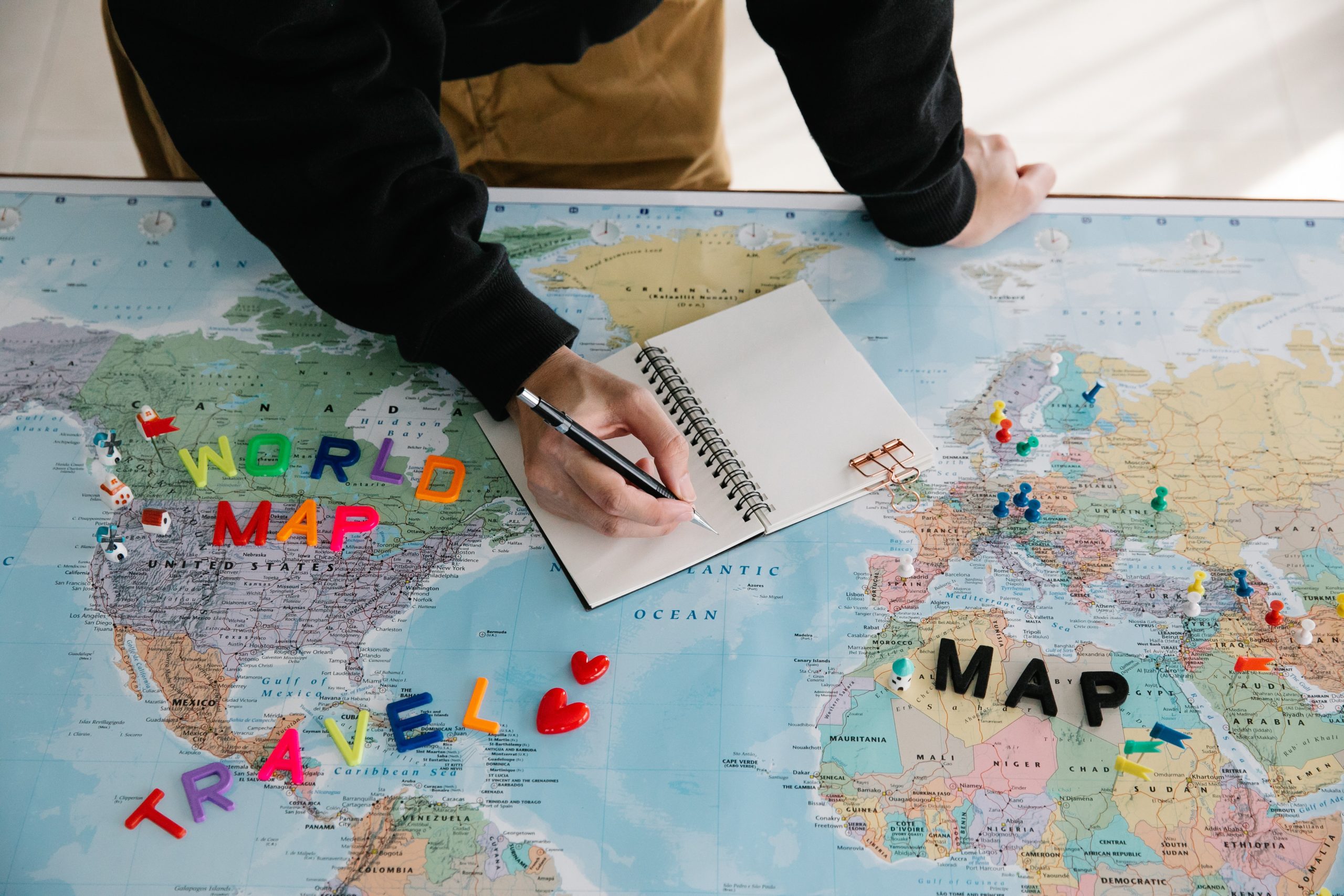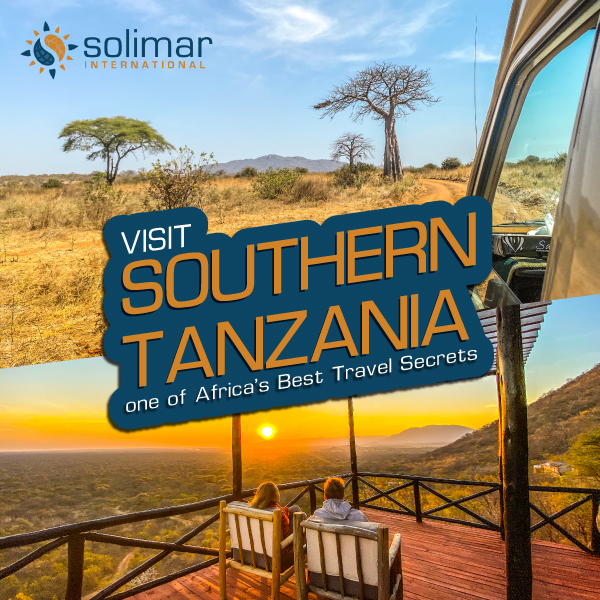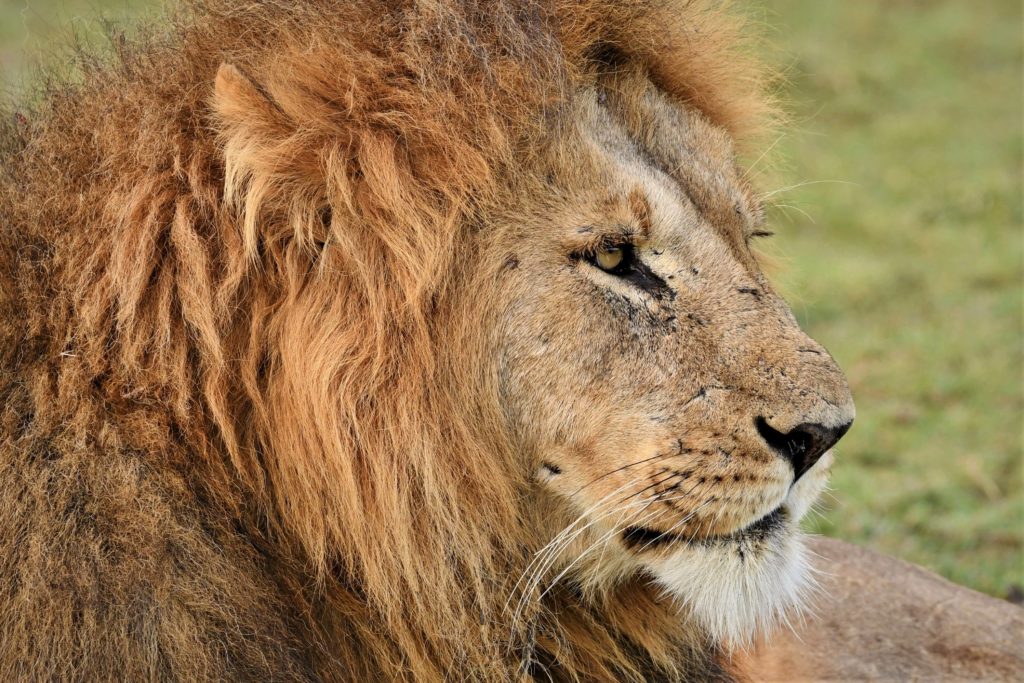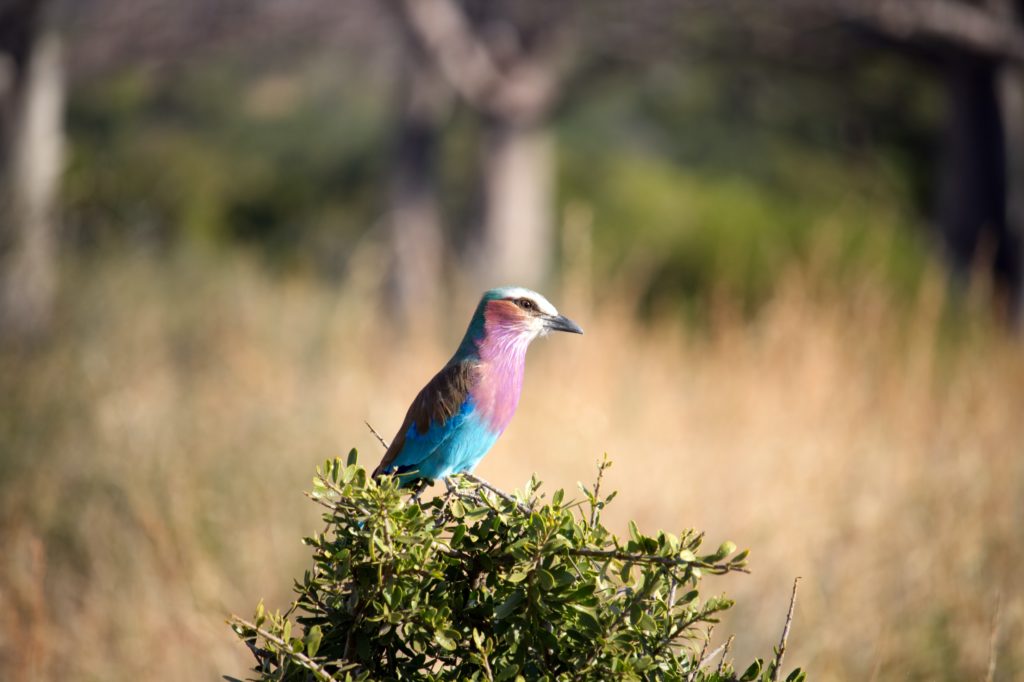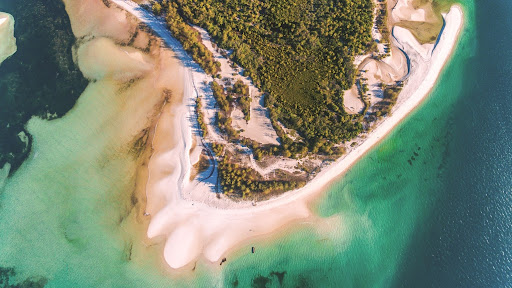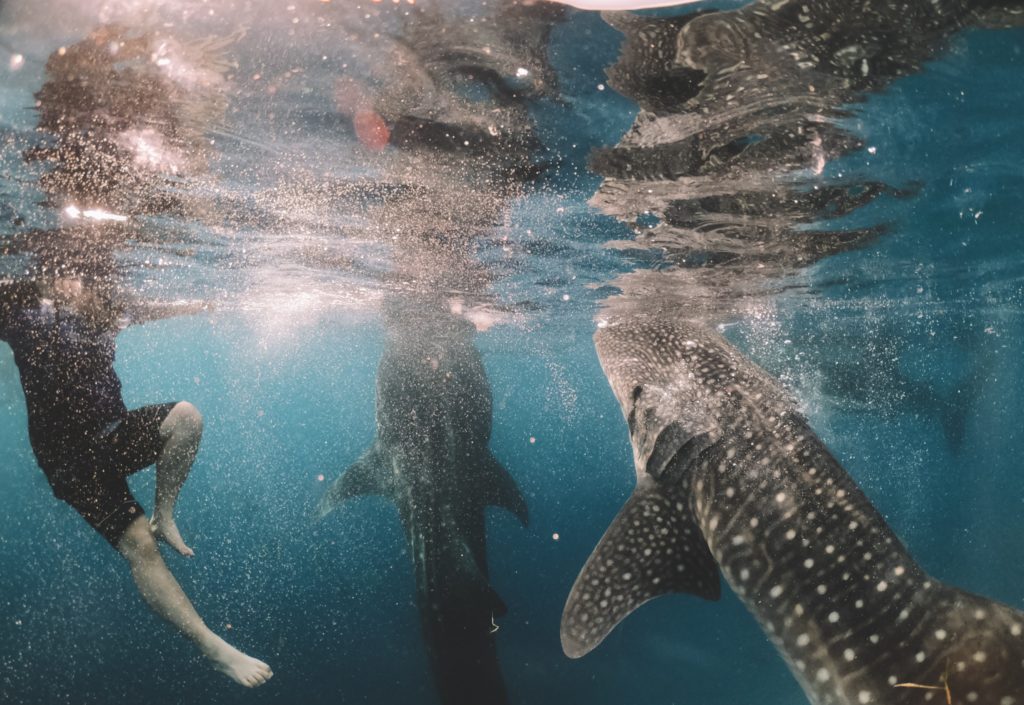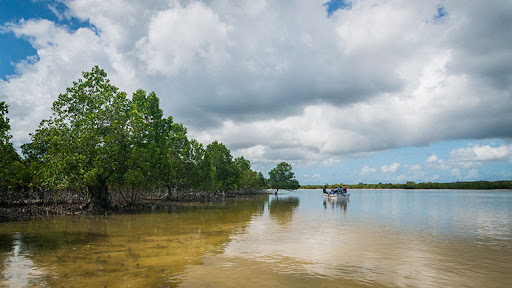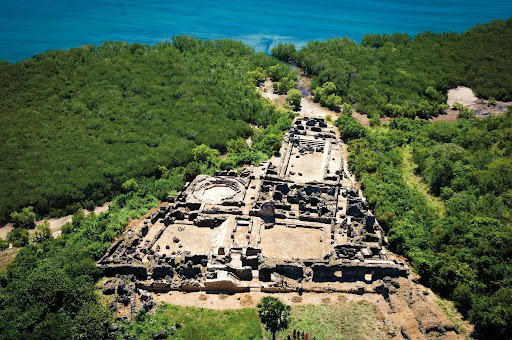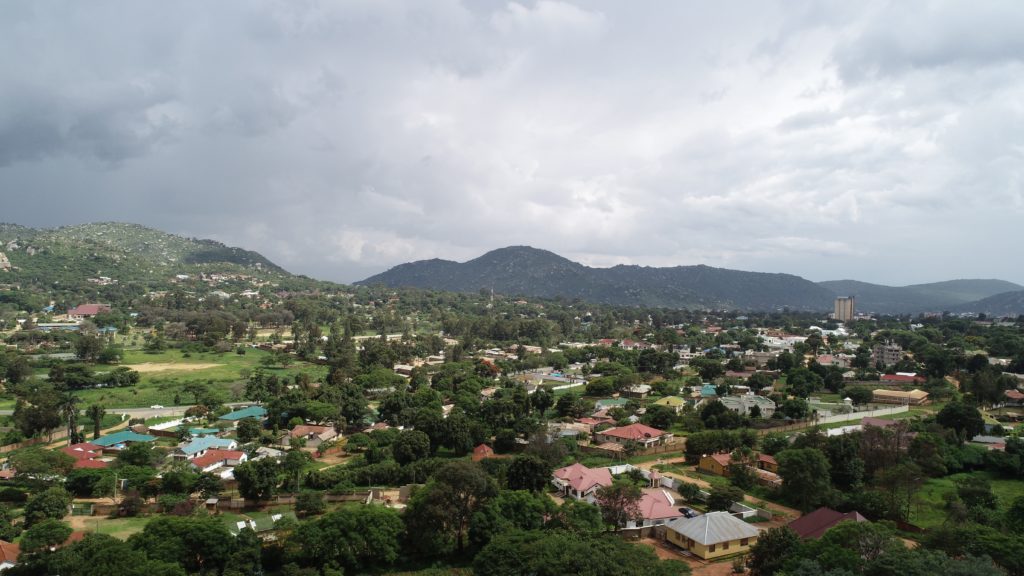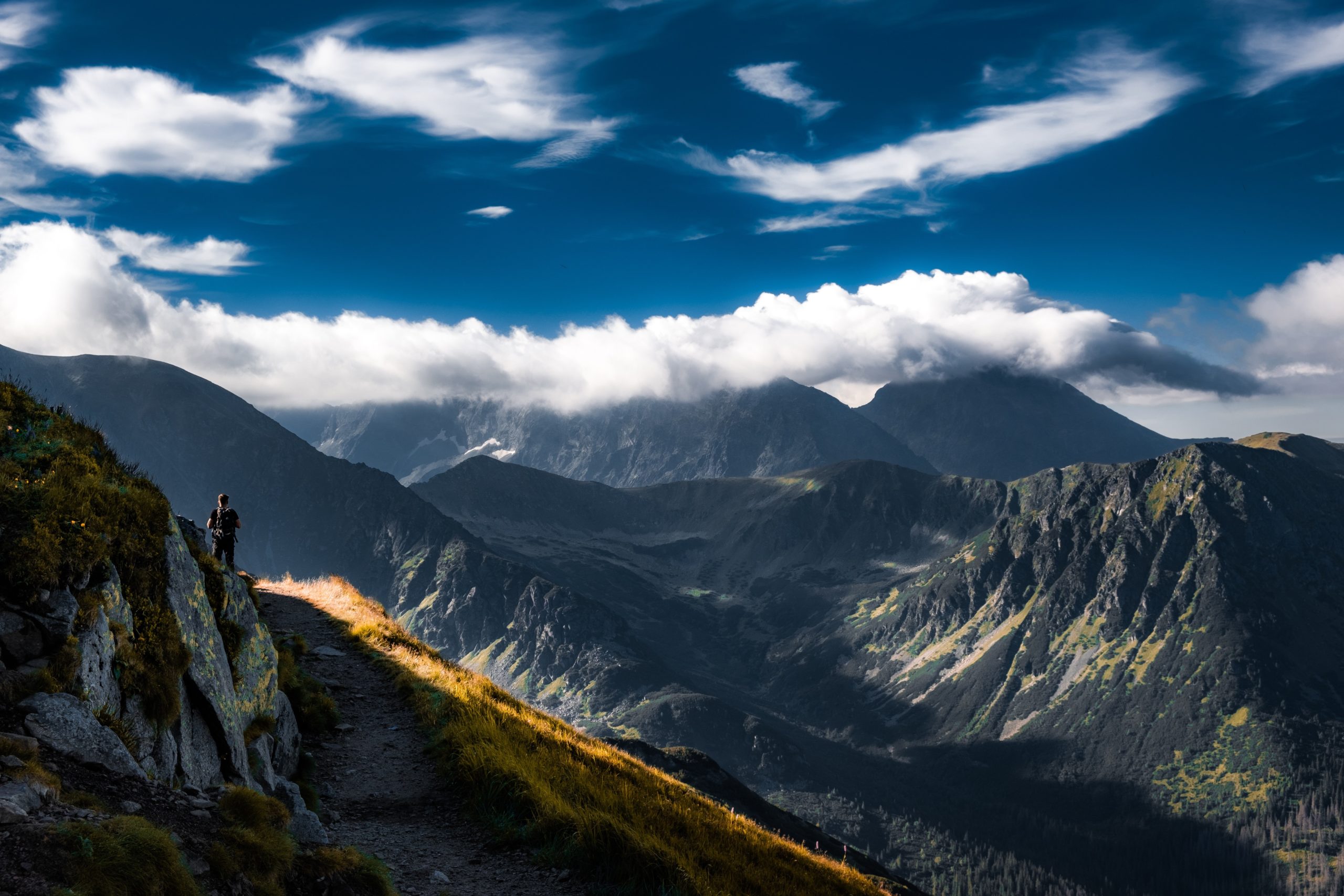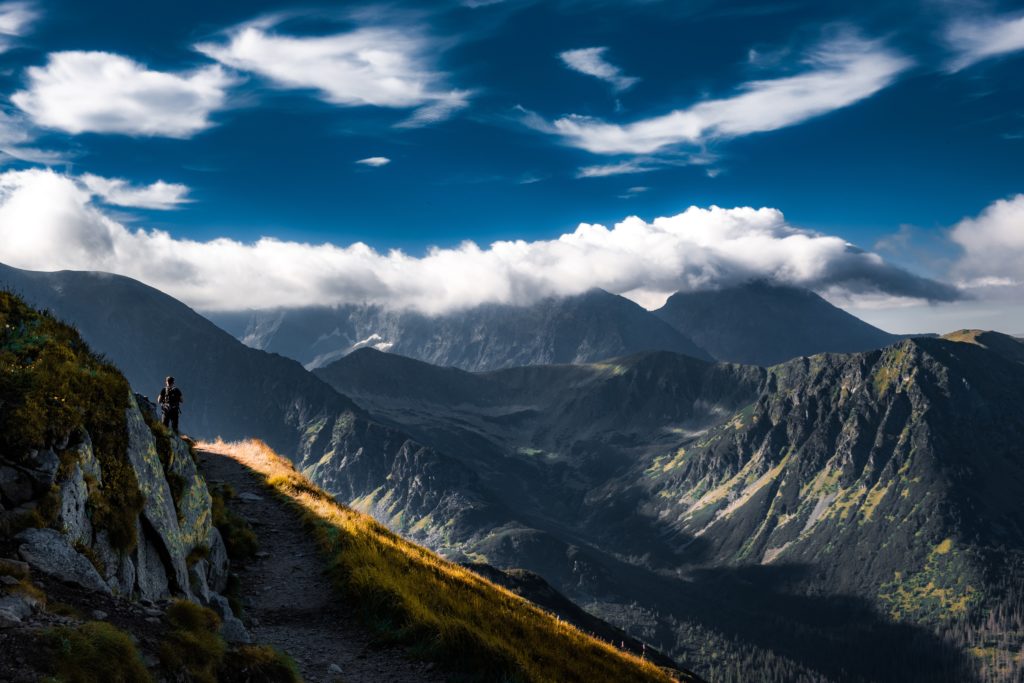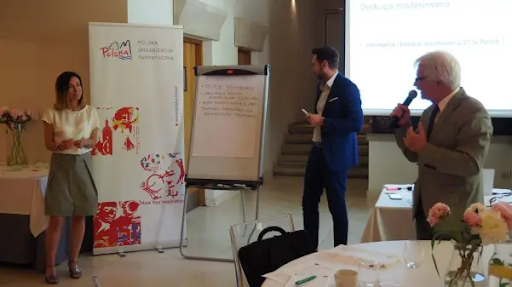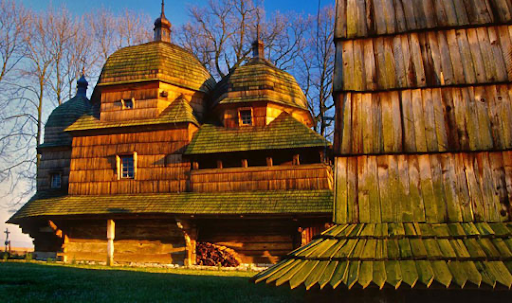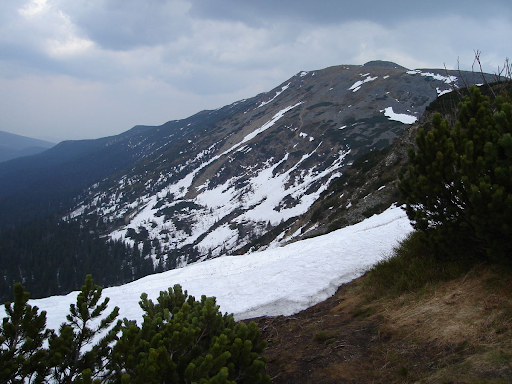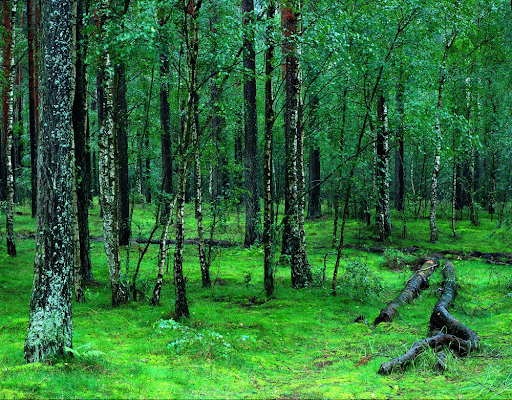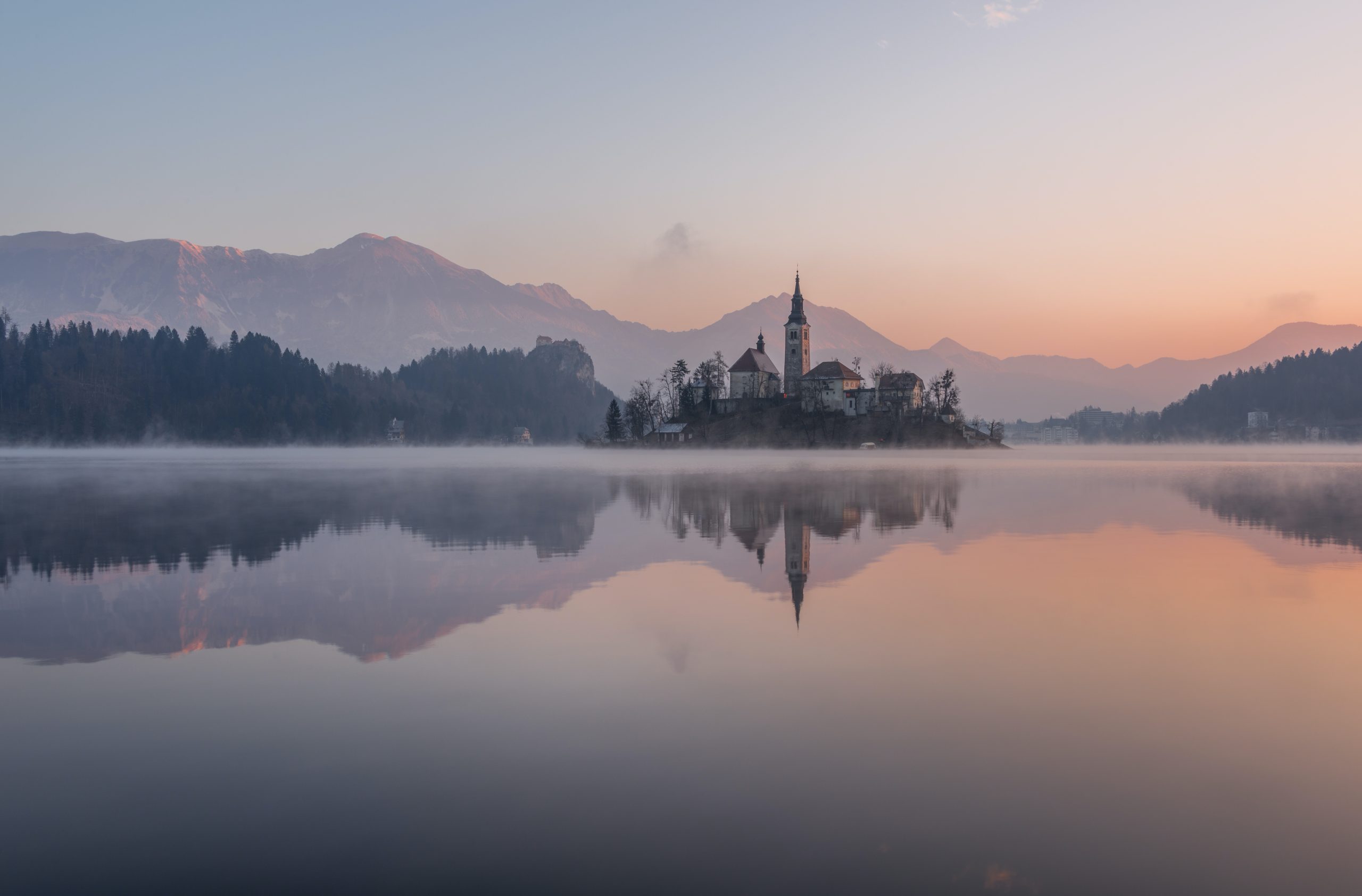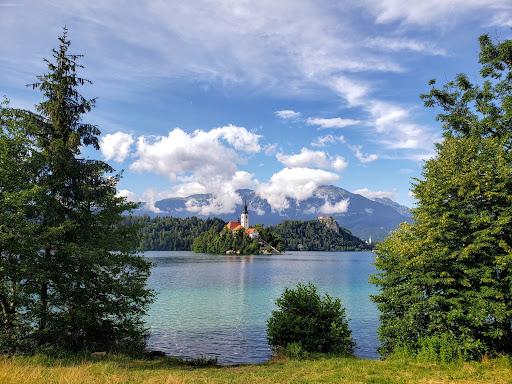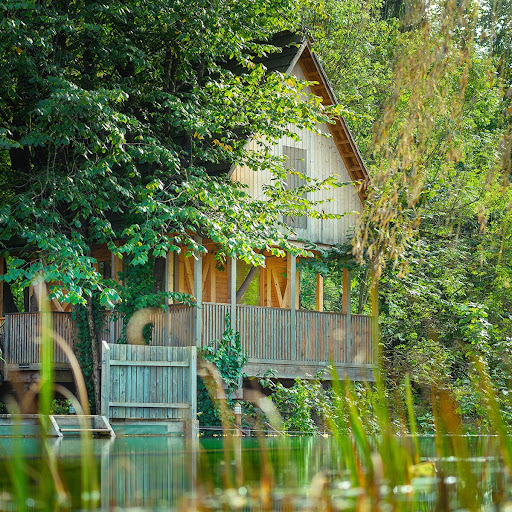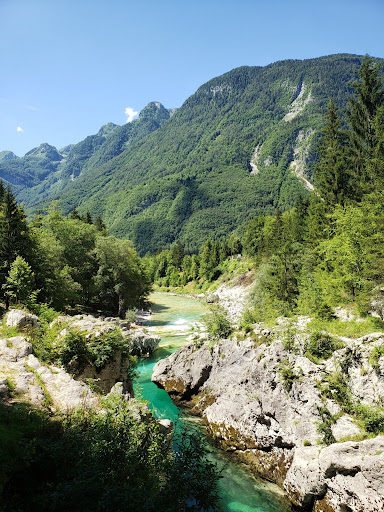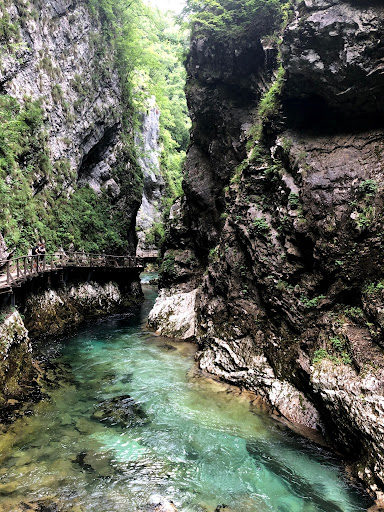Solimar International is proud to introduce our Summer 2022 Virtual Travel Writing and Sustainable Tourism Internship Cohort! This semester’s cohort features 18 talented individuals with a shared passion for sustainable development and tourism. As you’ll read, each intern possesses unique backgrounds and experiences that will be incredibly impactful to our work. By providing these interns with real-world experiences across several of our current projects, we hope to equip them with the knowledge and skills they need to go forth as leaders of the industry.
Meet Our Interns:
 Hannah McDonnell is a Masters of Politics student at University College Dublin, specializing in European politics and integration. She has also studied these subjects at Charles University in Prague. She is extremely passionate about researching and writing, and hopes to pursue a career in research after graduating this summer. She loves to travel and learn about the cultures of the countries she visits.
Hannah McDonnell is a Masters of Politics student at University College Dublin, specializing in European politics and integration. She has also studied these subjects at Charles University in Prague. She is extremely passionate about researching and writing, and hopes to pursue a career in research after graduating this summer. She loves to travel and learn about the cultures of the countries she visits.
 Veronica Santapa is from Milan, Italy but moved to England 11 years ago where she has worked in various business operation support roles. Just as Covid-19 arrived, she decided to take on a new challenge and get into higher education. She is currently pursuing a degree in Tourism Management from the University of Greenwich in London, as well as learning Spanish. Since following a course on sustainable tourism in her First Year, she found herself hooked on the topic and wishes to contribute to the sustainable tourism practice whilst pursuing a passionate career in tourism management. She also enjoys traveling to new places and is an outdoors enthusiast. She is excited to join the internship program to learn more about how Solimar approaches sustainable tourism with each project.
Veronica Santapa is from Milan, Italy but moved to England 11 years ago where she has worked in various business operation support roles. Just as Covid-19 arrived, she decided to take on a new challenge and get into higher education. She is currently pursuing a degree in Tourism Management from the University of Greenwich in London, as well as learning Spanish. Since following a course on sustainable tourism in her First Year, she found herself hooked on the topic and wishes to contribute to the sustainable tourism practice whilst pursuing a passionate career in tourism management. She also enjoys traveling to new places and is an outdoors enthusiast. She is excited to join the internship program to learn more about how Solimar approaches sustainable tourism with each project.
 Bertuğ Kıymaz, from İzmir, Turkey, is a candidate for Tourism Development and Culture joint Erasmus Master’s degree at the University of Glasgow, United Kingdom, University of Malta, Lund University in Sweden, and Wageningen University in the Netherlands as a European Commission council Scholarship awardee. He also holds another master’s degree in Settlement Archaeology at the Middle Eastern Technical University in Turkey, where he is currently writing his dissertation on Digitization of Cultural Heritage. Prior to his studies, he had worked in archaeological excavations, museums, and as a tourist guide for three years all around the world. His interest in sustainable tourism began after he had seen the grave impacts of mass tourism on his hometown at a young age. That is when he decided to build a career in sustainable tourism. Now he wishes to make a change, and he is ready to translate academic knowledge into real-world expertise with an internship with Solimar International.
Bertuğ Kıymaz, from İzmir, Turkey, is a candidate for Tourism Development and Culture joint Erasmus Master’s degree at the University of Glasgow, United Kingdom, University of Malta, Lund University in Sweden, and Wageningen University in the Netherlands as a European Commission council Scholarship awardee. He also holds another master’s degree in Settlement Archaeology at the Middle Eastern Technical University in Turkey, where he is currently writing his dissertation on Digitization of Cultural Heritage. Prior to his studies, he had worked in archaeological excavations, museums, and as a tourist guide for three years all around the world. His interest in sustainable tourism began after he had seen the grave impacts of mass tourism on his hometown at a young age. That is when he decided to build a career in sustainable tourism. Now he wishes to make a change, and he is ready to translate academic knowledge into real-world expertise with an internship with Solimar International.
 Miles Rieker was born and raised in Raleigh, North Carolina. He is a rising Second Year student at the University of North Carolina at Chapel Hill, and will be applying to the Business School in the fall. He loves all things outdoors, and his favorite activity would have to be going on his boat either to fish or to ride around and enjoy the scenery. He has traveled to Kenya twice before and hopes to return to the country he fell in love with at some point in the future. In Kenya, he volunteered on a dairy farm that funds the operations of a nearby all-girls boarding school. With this global experience, Miles hopes to add enthusiasm and drive to this Solimar team, in order to develop the economies of the surrounding areas of the projects.
Miles Rieker was born and raised in Raleigh, North Carolina. He is a rising Second Year student at the University of North Carolina at Chapel Hill, and will be applying to the Business School in the fall. He loves all things outdoors, and his favorite activity would have to be going on his boat either to fish or to ride around and enjoy the scenery. He has traveled to Kenya twice before and hopes to return to the country he fell in love with at some point in the future. In Kenya, he volunteered on a dairy farm that funds the operations of a nearby all-girls boarding school. With this global experience, Miles hopes to add enthusiasm and drive to this Solimar team, in order to develop the economies of the surrounding areas of the projects.
 Stephanie Romero is a graduate student at the University of Missouri, Columbia. She is currently working for her Master’s in Tourism Development. Prior to working toward a tourism degree, Stephanie was an education major in her native California. She worked as a kindergarten teacher for five years before deciding her calling was elsewhere. This is Stephanie’s second year working with Solimar International as an intern, having loved it the first time around. The experiences gained from working with Solimar helped develop her interest in tourism development as a driving force for benefiting the many.
Stephanie Romero is a graduate student at the University of Missouri, Columbia. She is currently working for her Master’s in Tourism Development. Prior to working toward a tourism degree, Stephanie was an education major in her native California. She worked as a kindergarten teacher for five years before deciding her calling was elsewhere. This is Stephanie’s second year working with Solimar International as an intern, having loved it the first time around. The experiences gained from working with Solimar helped develop her interest in tourism development as a driving force for benefiting the many.
 Ethan Bollert is a recent graduate of Central Washington University, earning his bachelor’s degree in Hospitality, Tourism and Event Management, with a Tourism Management Specialization. His schooling gave him insight into managing various sections of the travel industry including hotels, airlines, music festivals, tour operations, and destination management organizations. Additionally, his work as the university’s marketing photographer gave him the skills needed to understand content creation and digital marketing. After wrapping up his degree with his thesis on the effects of safari tourism on the communities of East Africa, he recognized the impact that work centered around sustainable and ethical tourism development could have, which has led him to pursue it as a career. He wishes to begin this career by working alongside this group of fellow interns here at Solimar International. When he is not working, he spends most of his free time researching dream destinations, planning fun travel itineraries, or continuing his hobby as a freelance photographer
Ethan Bollert is a recent graduate of Central Washington University, earning his bachelor’s degree in Hospitality, Tourism and Event Management, with a Tourism Management Specialization. His schooling gave him insight into managing various sections of the travel industry including hotels, airlines, music festivals, tour operations, and destination management organizations. Additionally, his work as the university’s marketing photographer gave him the skills needed to understand content creation and digital marketing. After wrapping up his degree with his thesis on the effects of safari tourism on the communities of East Africa, he recognized the impact that work centered around sustainable and ethical tourism development could have, which has led him to pursue it as a career. He wishes to begin this career by working alongside this group of fellow interns here at Solimar International. When he is not working, he spends most of his free time researching dream destinations, planning fun travel itineraries, or continuing his hobby as a freelance photographer
 Izabela Soja is currently pursuing her Bachelor’s Degree in International Tourism Management at the University of Lincoln in the UK. For Master’s, she plans to study Sustainable Development as she would like to learn more holistically about sustainability and environment in general. She is originally from Poland, but moved to the UK almost 2 years ago. She is passionate about all things travel, research, social media and content creation, which is why she is so excited to be joining Solimar International this summer! Her favorite travel memory to date is when she went on a cultural exchange programme with Camp America where she worked for 3 months as a counselor at an American summer camp in North Carolina followed by a 3 week journey around the States. She hopes to make a real difference in the tourism industry and to promote sustainable and responsible travel as the only way forward.
Izabela Soja is currently pursuing her Bachelor’s Degree in International Tourism Management at the University of Lincoln in the UK. For Master’s, she plans to study Sustainable Development as she would like to learn more holistically about sustainability and environment in general. She is originally from Poland, but moved to the UK almost 2 years ago. She is passionate about all things travel, research, social media and content creation, which is why she is so excited to be joining Solimar International this summer! Her favorite travel memory to date is when she went on a cultural exchange programme with Camp America where she worked for 3 months as a counselor at an American summer camp in North Carolina followed by a 3 week journey around the States. She hopes to make a real difference in the tourism industry and to promote sustainable and responsible travel as the only way forward.
 Isaac Herzog is a Senior at Cornell University double-majoring in China & Asia Pacific Studies and Linguistics. Born and raised in Indianapolis, Isaac has a deep love for travel and global connectivity and takes every opportunity possible to meet new people. In his travels, he has learned six languages and hopes to continue learning new ones. Eventually, he plans to move to Spain or China to pursue a career in policy, sustainability, or politics. Isaac is excited to learn from the expertise at Solimar and gain a deeper, more sustainable understanding of our world during his internship. He looks forward to contributing to the Southeast Asia team, specifically in Timor-Leste, and hopes to use his knowledge and skills to benefit the community.
Isaac Herzog is a Senior at Cornell University double-majoring in China & Asia Pacific Studies and Linguistics. Born and raised in Indianapolis, Isaac has a deep love for travel and global connectivity and takes every opportunity possible to meet new people. In his travels, he has learned six languages and hopes to continue learning new ones. Eventually, he plans to move to Spain or China to pursue a career in policy, sustainability, or politics. Isaac is excited to learn from the expertise at Solimar and gain a deeper, more sustainable understanding of our world during his internship. He looks forward to contributing to the Southeast Asia team, specifically in Timor-Leste, and hopes to use his knowledge and skills to benefit the community.
 Ece Zivrali is a professional tour guide from Turkey. Her love for traveling and appreciation of the destinations, nature, and cultures led her to continue her studies on sustainability and responsible tourism. Currently, she is pursuing her master’s degree at the University of Florida as a Fulbright scholar. She hopes to combine her academic background with the practical experience she will gain during her internship at Solimar International to improve the quality of destinations and communities.
Ece Zivrali is a professional tour guide from Turkey. Her love for traveling and appreciation of the destinations, nature, and cultures led her to continue her studies on sustainability and responsible tourism. Currently, she is pursuing her master’s degree at the University of Florida as a Fulbright scholar. She hopes to combine her academic background with the practical experience she will gain during her internship at Solimar International to improve the quality of destinations and communities.
 Teona Zhuzhunadze comes from Georgia. She lives in a southern region of Georgia – Samtskhe-Javakheti and manages the Marketing and PR directions of the Destination Management Organization of the Region. Apart from managing social media channels and the website of the organization, she is involved in tourism product development and promoting the region to different stakeholders. She is actively involved in the tourism development activities of the country. Teona changed her career path a few years ago when she moved to her hometown and started working in the industry. After taking the DMO development program led by Solimar International in 2020 she had a chance to continue working with the organization on different projects. She was so interested in tourism development that decided to pursue an internship with Solimar. Before DMO, she was working in the field of higher education administration. She has an MA in higher education administration and currently, she is pursuing her PhD in higher education management.
Teona Zhuzhunadze comes from Georgia. She lives in a southern region of Georgia – Samtskhe-Javakheti and manages the Marketing and PR directions of the Destination Management Organization of the Region. Apart from managing social media channels and the website of the organization, she is involved in tourism product development and promoting the region to different stakeholders. She is actively involved in the tourism development activities of the country. Teona changed her career path a few years ago when she moved to her hometown and started working in the industry. After taking the DMO development program led by Solimar International in 2020 she had a chance to continue working with the organization on different projects. She was so interested in tourism development that decided to pursue an internship with Solimar. Before DMO, she was working in the field of higher education administration. She has an MA in higher education administration and currently, she is pursuing her PhD in higher education management.
 Dalia Hammad is a Palestinian/Jordanian communications and content professional working with an international NGO that designs and implements economic development interventions, including tourism value chain development. Over the last three years, she contributed to creating new economic opportunities for local communities along the Jordan Trail as well as facilitating local, experiential, and sustainable tourism development by curating new travel experiences and marketing the destination at large. She is an avid solo female traveler herself who really believes in the power of tourism to build bridges and celebrate differences. Ultimately, Dalia strives to employ travel as a tool to improve livelihoods, create new jobs, protect the environment, conserve cultural heritage, and further tolerance, respect, inclusion, and harmony.
Dalia Hammad is a Palestinian/Jordanian communications and content professional working with an international NGO that designs and implements economic development interventions, including tourism value chain development. Over the last three years, she contributed to creating new economic opportunities for local communities along the Jordan Trail as well as facilitating local, experiential, and sustainable tourism development by curating new travel experiences and marketing the destination at large. She is an avid solo female traveler herself who really believes in the power of tourism to build bridges and celebrate differences. Ultimately, Dalia strives to employ travel as a tool to improve livelihoods, create new jobs, protect the environment, conserve cultural heritage, and further tolerance, respect, inclusion, and harmony.
 Annie Combs is a graduate student at the University of California, Santa Barbara’s Bren School of the Environment. Her journey into the world of sustainable travel began when she worked in Ostional, Costa Rica as a Sea Turtle Research Volunteer for voluntourism company, BIOMA Travel. While living with her host family, she developed a deep love for Costa Rican culture that enhanced her desire to protect the landscapes that her new friends called home. She went on to work for a travel management company where she gained valuable insight to the unsustainable world of mainstream tourism. Her love of travel seemed to promote environmental degradation, but she knew that there could be another way. Annie set out on a mission to make the travel world a better place. She studied abroad in Ireland where she developed a better understanding of sustainability in business and took on a career in tech marketing to hone her communication skills with the goal of one day working to help tourism operations become more eco-friendly. She looks forward to combining her three passions: business, travel, and sustainability, during her internship with Solimar this summer. Annie holds a BA in Environmental Studies with a Minor in Professional Writing for Business from the University of California, Santa Barbara (UCSB). She is currently obtaining a Master of Environmental Science and Management (MESM) at the University of California, Santa Barbara’s Bren School of the Environment. Her thesis project explores the importance of destination marketing and management to ecotourism businesses in Ecuador.
Annie Combs is a graduate student at the University of California, Santa Barbara’s Bren School of the Environment. Her journey into the world of sustainable travel began when she worked in Ostional, Costa Rica as a Sea Turtle Research Volunteer for voluntourism company, BIOMA Travel. While living with her host family, she developed a deep love for Costa Rican culture that enhanced her desire to protect the landscapes that her new friends called home. She went on to work for a travel management company where she gained valuable insight to the unsustainable world of mainstream tourism. Her love of travel seemed to promote environmental degradation, but she knew that there could be another way. Annie set out on a mission to make the travel world a better place. She studied abroad in Ireland where she developed a better understanding of sustainability in business and took on a career in tech marketing to hone her communication skills with the goal of one day working to help tourism operations become more eco-friendly. She looks forward to combining her three passions: business, travel, and sustainability, during her internship with Solimar this summer. Annie holds a BA in Environmental Studies with a Minor in Professional Writing for Business from the University of California, Santa Barbara (UCSB). She is currently obtaining a Master of Environmental Science and Management (MESM) at the University of California, Santa Barbara’s Bren School of the Environment. Her thesis project explores the importance of destination marketing and management to ecotourism businesses in Ecuador.
 Deanna Elliott is a graduate student at the University of California, Santa Barbara’s Bren School of the Environment. She became interested in sustainable travel when she took a class on ocean conservation and sustainable fisheries in undergrad at Arizona State University. The trip to La Paz, Mexico that came with that class opened her eyes to the possibilities of locally sustainable tourism as a means of environmental and economic development in travel destinations. Deanna graduated summa cum laude from Arizona State University in 2020 with a BS in Biological Sciences focused on conservation biology and ecology. During that time, she did research into the effects of climate change on agricultural pests, as well as whether the accumulation of heavy metals in fish could provide insight into the health of trophic webs. She is currently working on her Master’s of Environmental Science and Management at the Bren School. Her thesis project is intended to generate a tiered system of criteria for environmental, economic, and cultural sustainability based on the level of development and capability of individual destinations. Deanna is excited to gain valuable industry experience during her summer internship with S
Deanna Elliott is a graduate student at the University of California, Santa Barbara’s Bren School of the Environment. She became interested in sustainable travel when she took a class on ocean conservation and sustainable fisheries in undergrad at Arizona State University. The trip to La Paz, Mexico that came with that class opened her eyes to the possibilities of locally sustainable tourism as a means of environmental and economic development in travel destinations. Deanna graduated summa cum laude from Arizona State University in 2020 with a BS in Biological Sciences focused on conservation biology and ecology. During that time, she did research into the effects of climate change on agricultural pests, as well as whether the accumulation of heavy metals in fish could provide insight into the health of trophic webs. She is currently working on her Master’s of Environmental Science and Management at the Bren School. Her thesis project is intended to generate a tiered system of criteria for environmental, economic, and cultural sustainability based on the level of development and capability of individual destinations. Deanna is excited to gain valuable industry experience during her summer internship with S
Solimar.
 Sanjana Patel is an undergrad at the University of Pennsylvania studying Philosophy, Politics, and Economics. Growing up in Panama City Beach, Florida, she has always been surrounded by the tourism industry and has seen how impactful it can be, especially after witnessing her local community recuperate from the BP Oil Spill and Hurricane Michael. Sanjana is the founder of Pathway to Progress, a 501(c)(3) organization dedicated to combating gaps in rural healthcare and education through various initiatives in India, Malawi, and her local community. Through this internship, she looks forward to learning how to integrate her experiences in tourism and international development.
Sanjana Patel is an undergrad at the University of Pennsylvania studying Philosophy, Politics, and Economics. Growing up in Panama City Beach, Florida, she has always been surrounded by the tourism industry and has seen how impactful it can be, especially after witnessing her local community recuperate from the BP Oil Spill and Hurricane Michael. Sanjana is the founder of Pathway to Progress, a 501(c)(3) organization dedicated to combating gaps in rural healthcare and education through various initiatives in India, Malawi, and her local community. Through this internship, she looks forward to learning how to integrate her experiences in tourism and international development.
Learn more about our internship program and apply for the Fall semester here.
